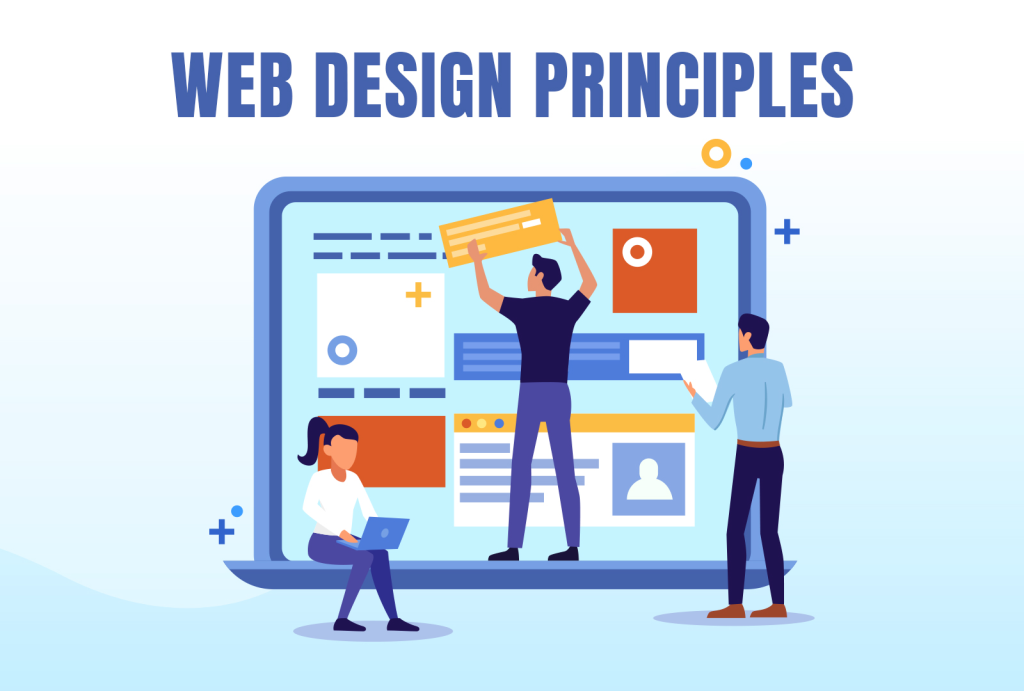Every design aims to either establish a sense of oneness among various aspects or to shatter that unity imaginatively in order to drive a specific behavior. The principles discussed here will assist you in doing both.
While visual design is an art form, it is also regulated by mathematical laws. As a designer, you don’t start with a metaphorical blank canvas: there are a few simple but effective criteria for establishing — and disrupting — cohesive designs. Web designers should give credit where credit is due: the governing visual design principles you utilize every day are thanks to Gestalt psychologists.

What are the design principles?
You most likely studied design ideas in elementary school art class.
When you look at a painting, sculpture, pamphlet, or email, you almost certainly have an emotional reaction to it. You instinctively know whether you like it or not. Those who are not schooled in design, however, may be unable to articulate why. Visual design principles aid us in understanding visual compositions. Design fundamentals include the following:
In web design, this is sometimes referred to as “white space,” or the space between elements.
Hierarchy: The relative importance of one thing to another.
Contrast: How various parts might work together to form a more unified composition.
Scale/Proportion: The link between element sizes.
While these concepts were created alongside visual art, web designers use design principles that are based on these fundamental ideas.
The four essential design concepts are expanded into 13 particular visual experience rules of thumb to consider while developing your next cutting-edge website. Master these visual design principles before delving into the universe of each Gestalt principle.
The principle of emergence
Reification principle
The multistability principle
The principle of invariance
